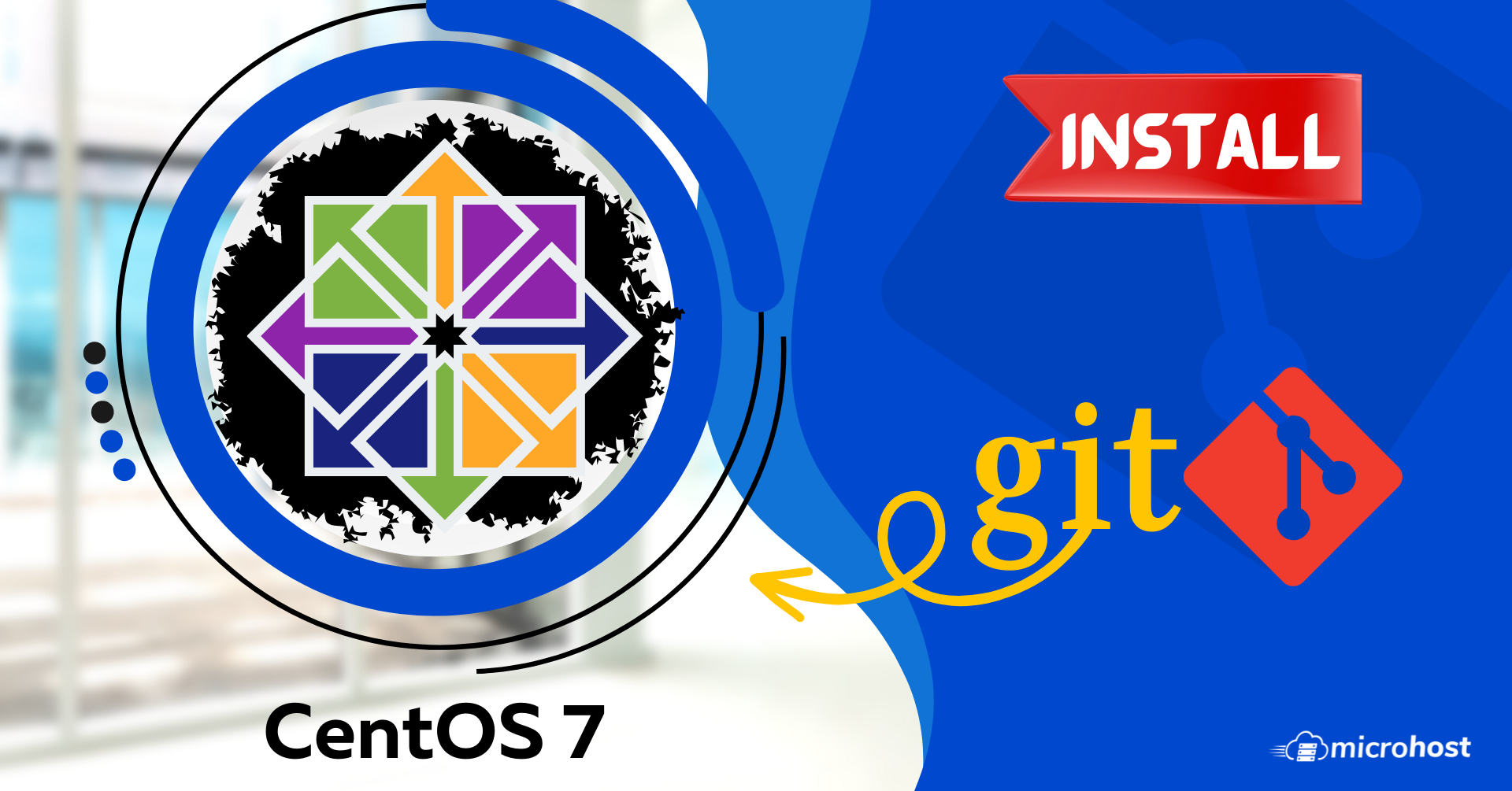FINDING AN OUTSOURCING PARTNER
When outsourcing web development in India, consider the partner’s technical skills, communication, reliability, flexibility, quality, cost, project management, compliance, confidentiality, and intellectual property rights.





